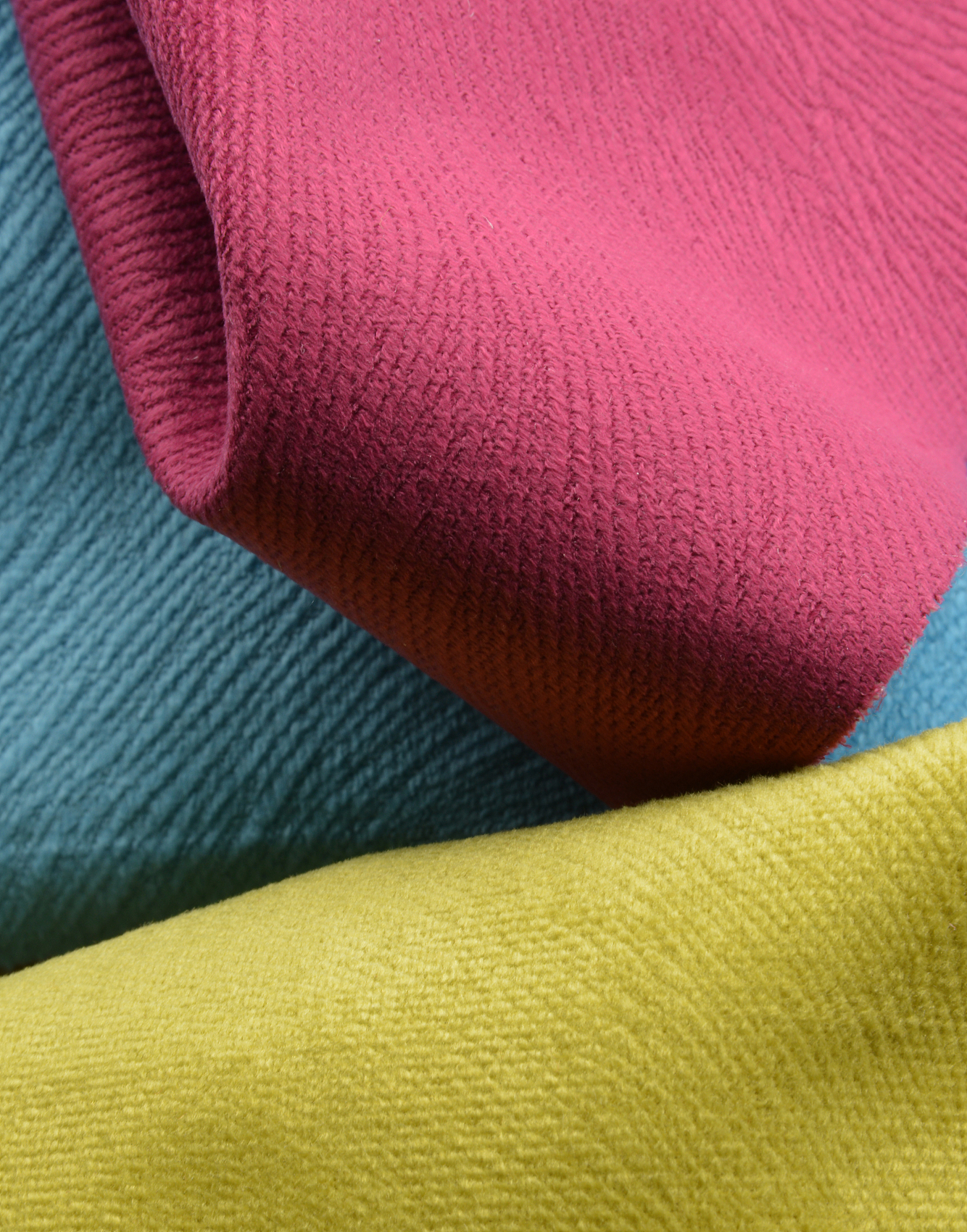Because of the excellent structural performance of organic silicone oil, it is widely applied in the textile softening finishing. Its main varieties are: the first generation hydroxyl silicone oil and hydrogen silicone oil, the second generation amino silicone oil, to the third generation multiple block silicone oil. As people's demand for handle has improved, organic silicone oil has undergone decades of improvement.
1.Hydroxyl silicone oil
The main structure of hydroxyl silicone oil is a linear polymer with hydroxyl groups at both ends and silica silicon as the main chain. The common synthesis method is that made by hydrolyzing polycondensation of dimethyl dichlorosilane. Because of its low surface energy, weak polarity and weak adsorption on the substrate surface, the conventional application of hydroxyl silicone oil requires a high molecular weight to have a good application effect. Therefore, generally the hydroxyl silicone oil used as a finishing softener is a polymer with high molecular weight. There comes a drawback that as silicone oil, due to the low surface energy and extremely poor water dispersibility, a higher proportion of emulsifiers and a shearing and dispersing machine with high dispersion are needed to emulsify and disperse it into better microemulsions. But in spite of this, its aging stability is still poor. There will still be emulsion stratification phenomenon after long time placed.
2.Hydrogen silicone oil
The main structure of hydrogen silicone oil is a polysiloxane with silicon-hydrogen bond evenly distributed on the side group of the silicon oxygen chain. The common synthesis methods include hydrolytic polycondensation of methyl hydrodichlorosilane and ring-opening polymerization of hydrosiloxane ring bodies. Because the stability of silicon-hydrogen bond is poor, it is easy to dehydrogenate and therefore easy to adsorb with polar groups on textile materials. So it has better adsorptive property. It has good application performance on cellulose fibers and protein fibers, while bad effect on chemical fibers. Same as hydroxyl silicone oil, its emulsifying performance is not good and its stability is poor. If the hydrogen content is too high during application, it is easy to lead to that the striped hydrogen content is too high, which is dangerous to the high temperature environment when setting.
3.Amino silicone oil
The main structure of amino silicone oil is a polysiloxane containing amino group on the sides after polymerization by adding amino silane coupling agent. The softness and water dispersibility of polysiloxane are greatly improved due to the good adsorption and binding ability of amino group to fabric and good polarity. Especially on fabrics of cellulose fibers, it has greatly excellent application effect. By adjusting the ammonia value, the type of amino silane coupling agent and the molecular weight of amino silicone oil can be adjusted. That can prepare rich application effects. However, because its main chain is still siloxane structure, so it needs more emulsifying agent to achieve better emulsifying effect. At the same time, because the amino activity of amino silicone oil is high and also it is on the side bone. So it is difficult to remove it from the fabric after adsorption. That will be difficult to remove in the textile dyeing and finishing process when it needs to modify color, eliminate wrinkles or silicone spots. Also the resistance to hard water or alkali water of its emulsion are both weak.
4.Block silicone oil
The main structure of block silicone oil is that in the main chain of polysiloxane it is embedded, forged and polymerized with some hydrophilic polyether chain segments. By the way of blocking, forging and polymerizing with amino chain segment, which improve the hydrophilic performance and emulsifying property of siloxane. By adjust the ratio, types and molecular weight of three chain segments, there can prepare more products. For its better hydrophilic permeability, it is more suitable for the softening finishing for chemical fibers, with better performance of modifying color and removing. Because amino group belongs to ammonia, tertiary ammonia and even quaternary ammonia, it is not easy to yellow. Also it is a popular softener in modification research nowadays.
Post time: Oct-08-2021


